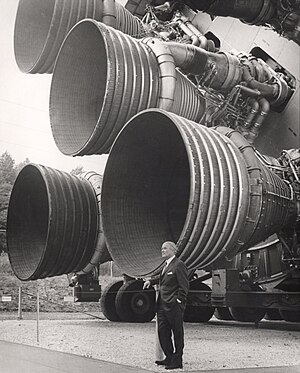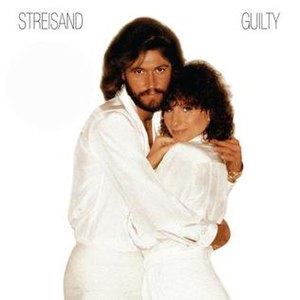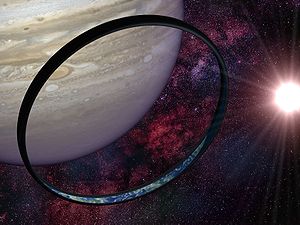One would be tempted to describe the annual "
Treehouse of Horror" episode of
The Simpsons as one of the most revered annual Halloween specials in the history of television -- except that half of the Treehouses of Horror have failed to air in time for Halloween. This year's episode, "Treehouse of Horror XX," aired on Oct. 18, breaking a nine-year streak of post-Halloween airdates. That's because halfway through the series' run, Fox television became a broadcaster of Major League Baseball, including the MLB playoffs and World Series, which has pushed the Treehouse air dates into early November. That's just one of the quirks of this 20-year tradition from TV's most distinguished animated sitcom.
So far as the distinction goes,
The Simpsons was the first animated series to win a
Peabody Award, which serves as the sweet, sweet icing on the series' 25-Primetime-Emmys cake. Despite this strong record of success, the Treehouse of Horror has been a subject of regular Emmy disappointment for the
Simpsons production staff.
Most years, the alternate version of the
Simpsons theme created for the Treehouse of Horror special is submitted for the Outstanding Musical Performance Emmy, but to date no Treehouse tune has taken home the statuette, nor has any other
Simpsons musical number. Call it the Treehouse musical curse.
In fact, despite the fact that
The Simpsons has garnered over 100 individual television awards in its history, only three Treehouse of Horror episodes have won awards of any kind. "Treehouse of Horror VIII" won the Golden Reel award for sound mixing, "Treehouse of Horror X" won the CINE Golden Eagle Award, and the 3D animated sequence from "Treehouse of Horror VI" won the Ottawa International Animation Festival grand prize. Not exactly the equivalent of the Golden Globe Awards, let alone the Emmys.
While the critics remain unimpressed by the Treehouse of Horror lineup, fans love the quasi-Halloween annual. Much of this adoration is due to the creative license given to
Simpsons writers when preparing Treehouse stories. Series continuity is abandoned, as is subtlety and restraint. Writers are free to openly and explicitly parody any cultural topic, film, play, novel or TV show. Moreover, excessive violence is not only possible, it's encouraged, with
Simpsons producers often intentionally ratcheting up the goofball gore in early Treehouse episodes just to tweak the television censors. Former
Simpsons executive producer David Mirkin often strove to make the Treehouse of Horror specials funny and scary, which leads us to a unique distinction amongst the long and legendary list of
Simpsons writers.
For an early Treehouse of Horror episode, the
Simpsons brought in a guest writer who appeared in the credits of only one episode in the entire series' history. This writer's work, a portion of which was featured in this Treehouse script, earned him honors from the Mystery Writers of America -- the only
Simpsons writer to ever attain such an award.
Who is the only Simpsons Treehouse of Horror writer to be honored by the Mystery Writers of America?














![Reblog this post [with Zemanta]](http://img.zemanta.com/reblog_b.png?x-id=38327de3-104b-4c57-ad53-3d5d5ea827db)

![Reblog this post [with Zemanta]](http://img.zemanta.com/reblog_b.png?x-id=2d87219c-36e5-4c73-a8dc-cca2f2864b3c)